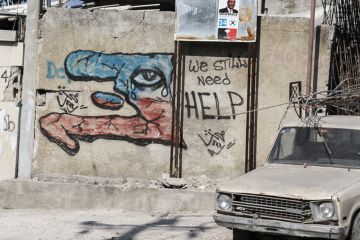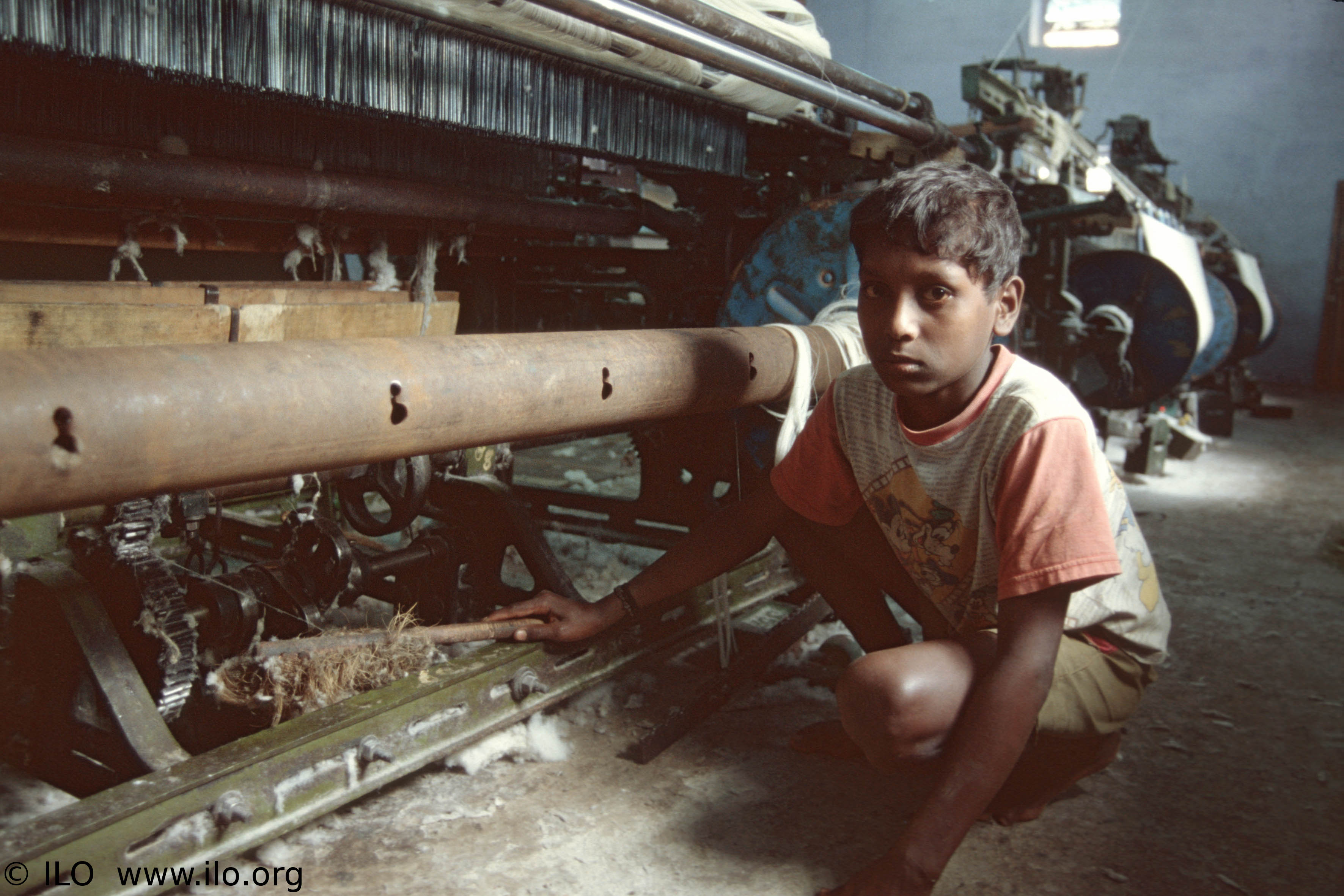Malala Yousafzai, a 14-year-old child-activist from the war-torn Swat Valley, Pakistan, was shot in the head and neck and nearly killed by Taliban soldiers on her way home from school in October of 2011. Although Malala had led an active campaign championing women’s rights to education worldwide since 2008 and had her experiences featured in a two-part New York Times documentary, the Western world gave little thought to her safety in the months leading up to the shooting.

Malala’s activism began as early as 2008 at age eleven, when her father, who ran a girls’ school in Swat and was already an outspoken advocate for girls’ education, took her to speak at a local press club. In December, the Taliban issued a ban on education for girls in the Swat Valley in December of 2008, effective the following month. At around the same time, Malala began to blog under a pseudonym about her life under Taliban rule for the BBC’s Urdu Service. The Yousafzais’ story – and name – gained international recognition when Adam Ellick, a video journalist for the New York Times, began to document their experiences.
In an interview with CBC Radio on Oct. 17, Ellick expressed fear that the platform he gave Malala’s message inadvertently made her vulnerable. The Taliban took responsibility for the attack, but when he heard the news, Ellick said, “I was pretty paralyzed for a long time, and [have] spent the past year reflecting on what role my documentary played in not only her prominence and her rise but also in the attempted assassination.”
The attempt fractured Malala’s skull and almost killed her. However, following her miraculous recovery, Malala’s face continues to appear in the news and resentment of her in her hometown is on the rise. Numerous Pakistanis feel that Malala’s fame was not benefiting them. “The media has projected Malala as a heroine of the West. But what has she done for Swat?” asked Muhammad Ayaz, a local trader, to the New York Times. Girls from Malala’s former school have refused to identify with her and some people even wonder whether the entire shooting incident was a Western ploy to pressure the Pakistani government. The situation prompts reporters to reconsider their roles in the tragedy in order to protect Malala and others like her in the future. Are Western press coverage and media exposure to blame for Malala’s shooting? Did the documentaries and interviews trigger the Taliban’s death threats and subsequent attack?
Ellick said that he had no clear-cut answer, but that given a second chance, he would choose to pursue the story again. “This is the type of thing that, sadly, journalists and especially foreign correspondents wrestle with all the time,” he said. However, “when Malala and her father thanked me after her recovery for giving them a voice in dark days, it meant a lot.”
In an interview with the The Daily Show Oct. 11, Malala also expressed her lack of fear in the situation. “I was not worried about myself that much,” she said. “I was worried about my father, because we thought that the Taliban were not that much cruel that they would kill a child.”

Now, two years after her ordeal, Malala has released a memoir, had tea with Queen Elizabeth II and was favoured to win the Nobel Peace Prize in 2013. When it was awarded instead to the Organization for the Prohibition of Chemical Weapons, many were disheartened. Lloyd Axworthy, the former Canadian Minister of Foreign Affairs, told The Globe and Mail that the decision was a “lost opportunity.” Others, like Tilman Bruck, director of the Stockholm International Peace Institute, have said that the prize, while a great honor, might have created a significant burden for a child and could have put her in more danger.
Though Malala is unlikely to return home in the near future due to continued death threats, it remains her goal to become the prime minister of Pakistan. Today, Malala continues to speak out against the Taliban and remains a passionate advocate of girls’ education, impressing adults around the world with her relentless spirit.




